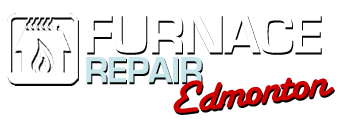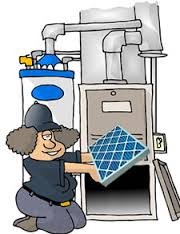How to Change a Furnace Filter in 10 Seconds Flat
If you do one thing this winter season in regards to your furnace, make sure you change your filter often. Changing your furnace filter is a 10-second job that many homeowners overlook, thus causing numerous issues with the quality of air in the home and the cost of utility bills. Some people do have an excuse in that they either didn’t know that changing the filter in furnaces was so important or they simply didn’t know how to do it – but that all changes now.
Other Resources: How to achieve high furnace air quality
What Does A Furnace Filter Do?
The first filters for furnaces were originally designed to protect the internal components of the unit, collecting all the dirt and debris so it wouldn’t gather and cause mechanical issues. In modern furnaces, the filter is just as much about purifying the air that gets distributed through the home as it is about making sure the HVAC system runs efficiently.
In furnaces, air is pulled into the return ductwork by a blower fan which is then warmed by a heat exchanger (or cooled by the evaporator coil in an air-conditioner). The filter, found in the return ductwork, traps all the debris while allowing only pure air to come in contact with the blower fan and other vital internal components. Furthermore, filters also help to limit the amount of dirt that piles up near ignitors or a pilot light which could cause a fire. Of course, the process also delivers clean air through the home by capturing dirt, pollens, mold, dust mites, pet dander, and another of other pollutants in the home.
Finding the Filter
Most of the time, you will locate your furnace in a utility room somewhere in the home, typically a basement, garage, closet, or sometimes an attic. There are three general types of air filters for furnaces:
- Standard 1” – The majority of furnaces use the standard 19-1/2” X 19-1/2” X 3/4” square filter that will be marketed as a 20” X 20” X 1” filter. They fit in the “1” slot where the return duct heads into the main control area.
- Media Filter – Some furnaces use a much thicker 4” to 6” filter located in the air cleaner cabinet.
- Grille Filters – Not as common, you will locate grille filters in return air grilles commonly found in the ceiling or wall. The enclosure has a hinged face by the 1” filter grilles.
Changing the Filter
Once you find the old filter, the next step is determining what type of a replacement piece you need and installing a new one.
Installing a filter is a pretty simple process. The first step is to turn off the power to the furnace for both safety and so that dust doesn’t get through into the components. Other than that the process simply involves sliding the old filter out and putting a new one back in the same slot.
It’s important to pay attention to the arrows on the filter, which show which way to install a filter. The more rigid or rough side is placed near the blower because it is the last line of defense to capture debris.
It may take a little practice, but learning to change a furnace filter pays off both in regards to health and lower utility bills.


[…] gas bills by allowing your natural gas furnace to work more efficiently. Specifically changing the filter allows a more abundant airflow that results in less cycling and less wear and tear on […]